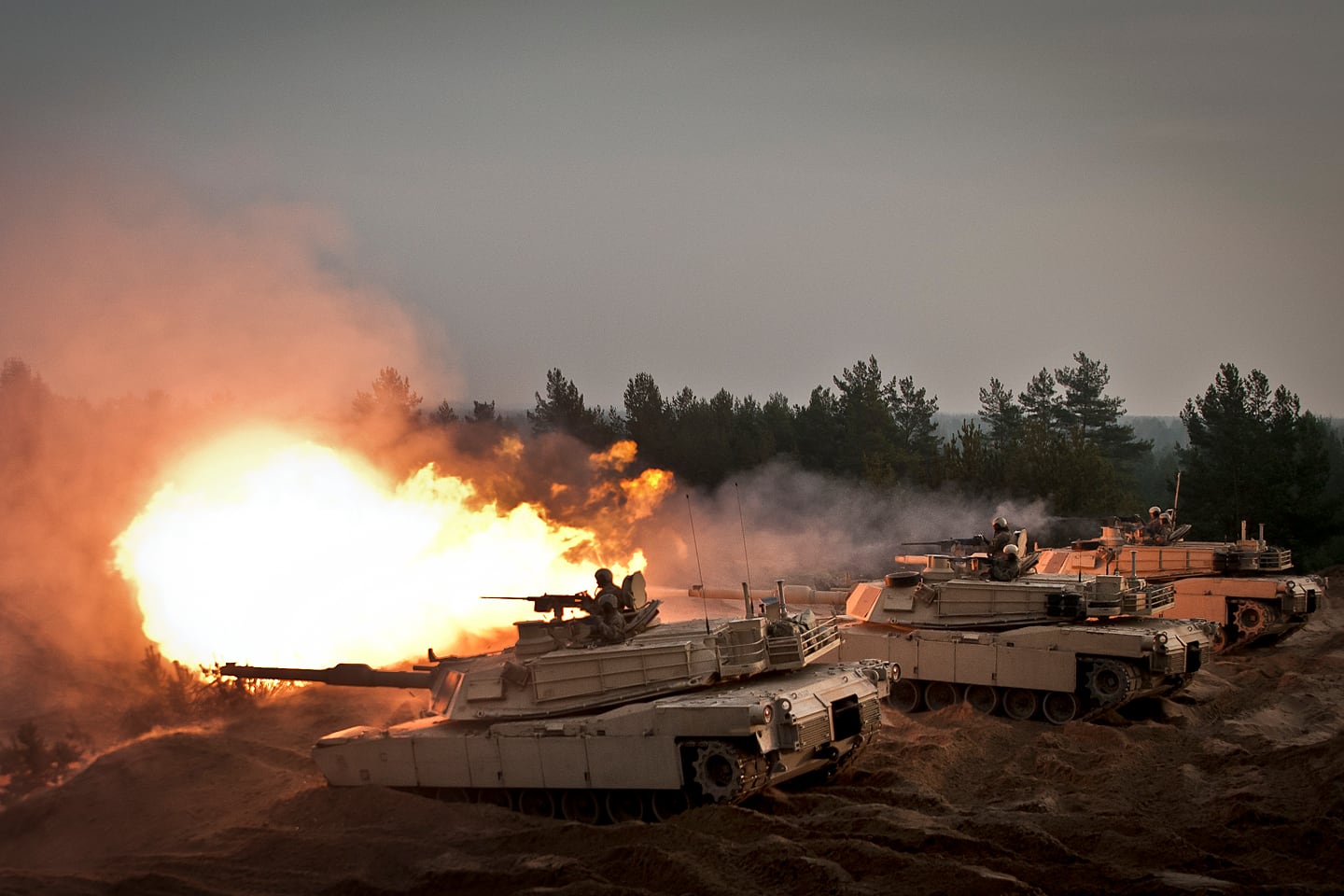As the new Army chief of staff settles into his role this fall, he’s looking at setting the stage for massive deployments across the world, should the need ultimately arise.
The large-scale combat operations laid out under the new National Defense Strategy would require division-strength movements, unlike the repeat deployments to the Middle East over the past 18 years, during which the Army’s primary unit of action has been the brigade.
The service’s brigade combat teams have been gearing up over the past few years in an effort to reach higher readiness rates. But being ready at home station and being ready to deploy over the Atlantic Ocean to wage war in Eastern Europe are two very different undertakings, and a conflict at the scale imagined by current Pentagon leaders will require far more than a single brigade.
“It’s wonderful that we have a brigade, sitting maybe at Fort Campbell, that’s at the highest level of readiness,” said Army Chief of Staff Gen. James McConville in an interview with Army Times. “But we also need to get that brigade to where we need ... and that may be by airlift, it may be by sealift.”
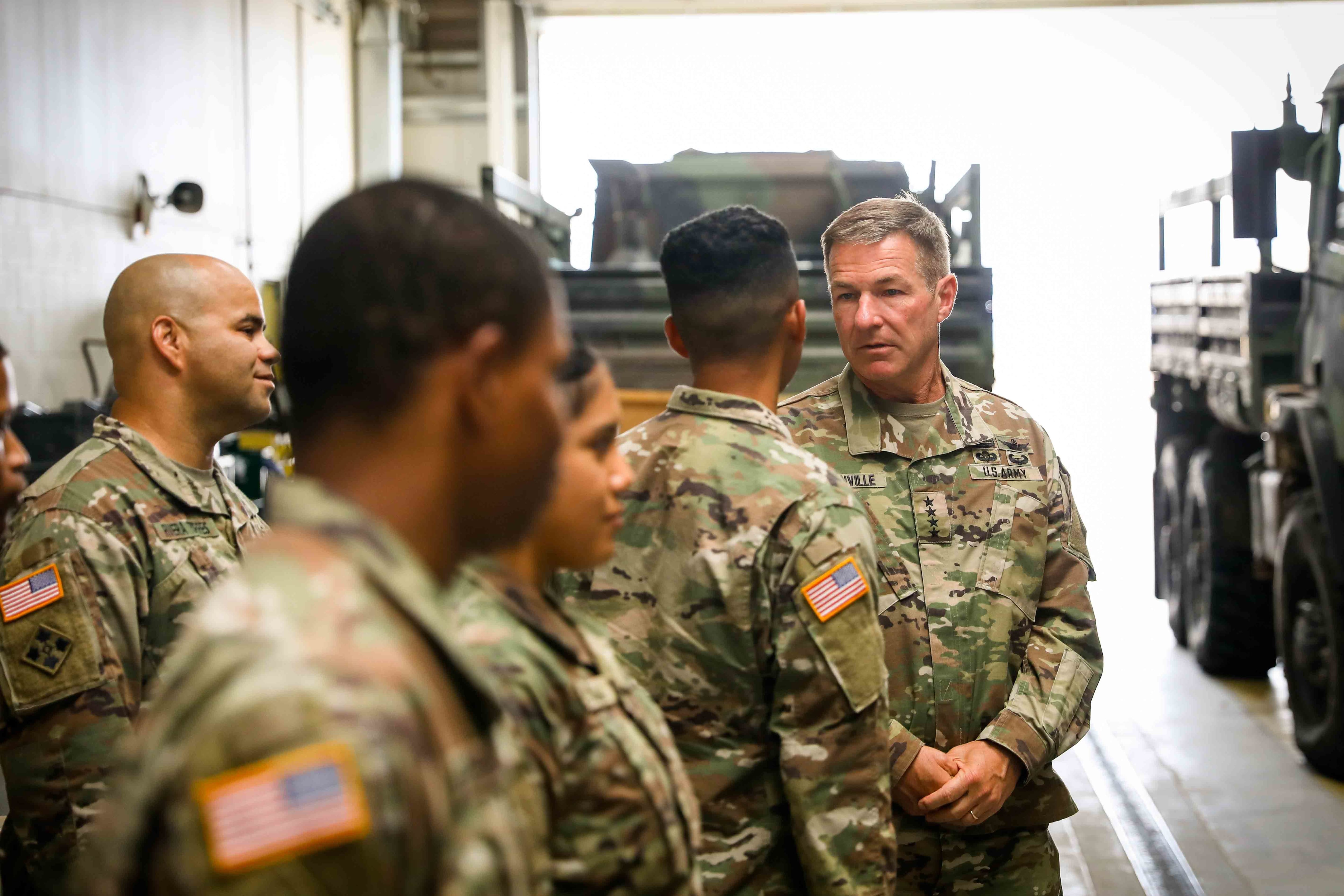
“We have to be able to deploy it there,” he added. “That is what we talk about with strategic readiness and that is a concern that I think at my level, I need to really go after.”
If the Army were to go to war on the European continent, for instance, the service will be facing a logistical nightmare if it’s not properly prepared and resourced. More than 1,500 soldiers streamed into Poland in March as part of a rapid deployment from Fort Bliss, Texas, to Europe that the Army has not seen since the days of the Cold War.
Rapid deployments like that are likely to happen again and they’ll come up “unexpectedly,” a senior Army official in Europe previously told Army Times.
“What I think you’ll see is exercises being planned in the regions that are priorities under the National Defense Strategy,” McConville said. “So, heck, you know maybe larger exercises in the European area, maybe larger exercises in the Indo-Pacific area."
Stressing the baggage train
On each step of the way to front lines of Europe or the Pacific, the baggage train will likely be challenged by everything from submarines to cyber attacks, according to retired Lt. Gen. Ben Hodges, who helmed U.S. Army Europe from late 2014 through 2017.
“I would assume some of that will happen in a crisis and I would expect some of it to even happen during exercises,” Hodges said. “Cyber protection for seaports and airports in Europe and for rail networks is just as important as having tanks and airplanes, because we’re all going to depend on French, Belgian, German, Polish transportation infrastructure.”
In June 2017, Copenhagen-based shipping firm A.P. Moller Maersk was hit by a cyber attack that was meant originally for Ukraine.
The attack, which utilized a variant of the Petya malware family, was ultimately blamed on Russia by the United States and its allies. It paralyzed Maersk, one of the largest container ship operators in the world, and cost the firm up to $300 million.
“They weren’t even the target,” Hodges noted. “It was a ricochet off of a Ukrainian target. ... It’s just as effective as if they launched 10 Iskander missiles into Bremerhaven [German shipping port] or onto Munich airport."
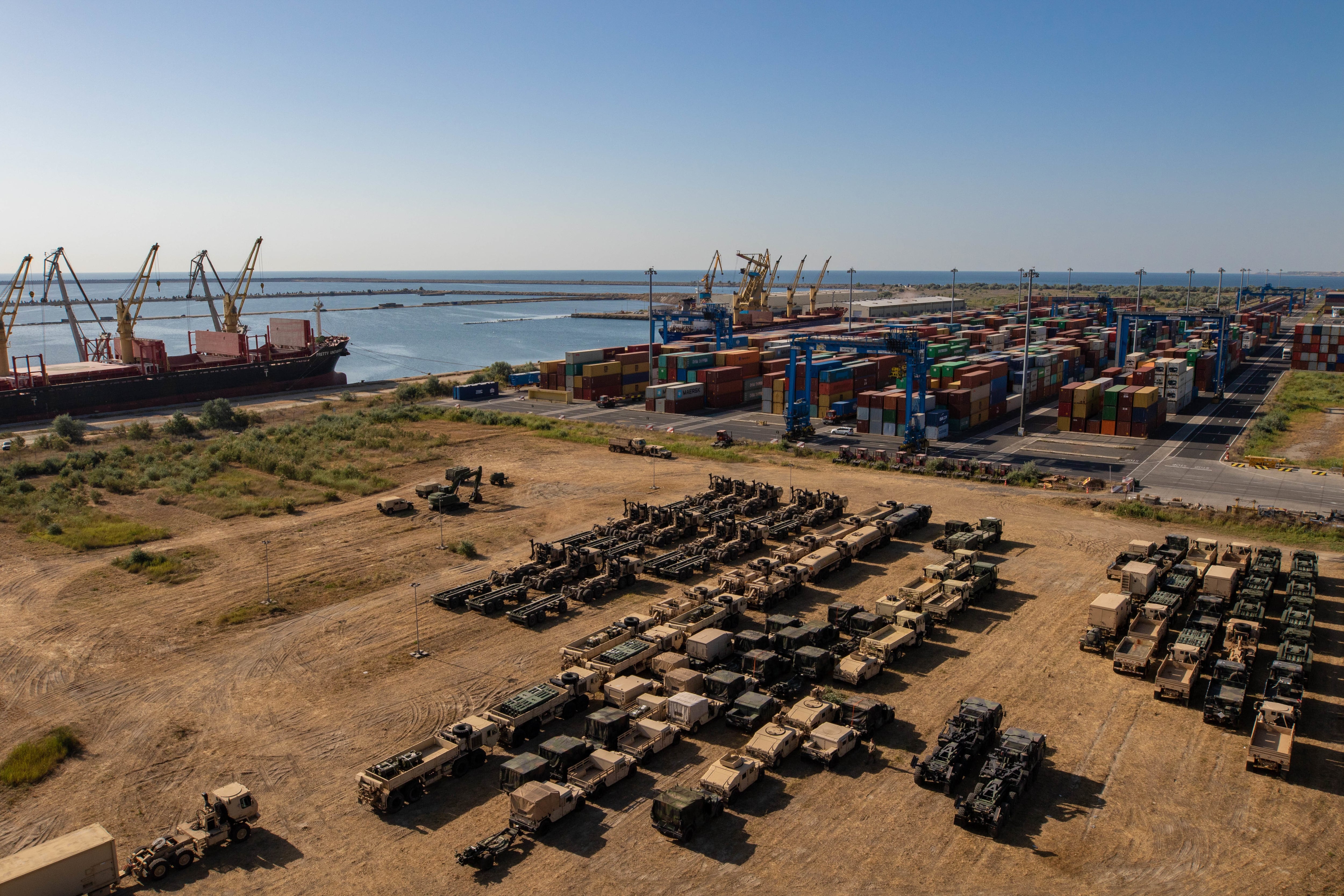
Threats like that highlight how vulnerable critical transportation infrastructure is to all kinds of attacks.
“We had Russians interfering with a ship ferrying American equipment across the Baltic Sea during one of the last exercises for which I was responsible,” Hodges said, citing one of the instances in which Russian aircraft made news when they buzzed U.S. vessels.
Large exercises, Hodges added, will be an important opportunity for Army Forces Command, which provides expeditionary land forces to combatant commanders, to practice tracking trains, convoys and ships within a strategic deployment environment and at the speed of a real-world operation.
“I’m confident they’ll end up doing that, but I don’t think they’ve done that in the past,” Hodges said. “It’s a concept of ‘Fort-to-port.' In other words, to move stuff from Fort Hood, or Fort Carson, or Fort Bragg, or Fort Stewart to the appropriate port, like Beaumont, Texas, or Savannah, Georgia ... once the ship arrives in Bremerhaven or wherever they end up using.”
The Army will be the biggest user of infrastructure across Europe during a crisis response, according to Hodges. Expanding rail heads to more rapidly load and unload armored vehicles, stockpiling fuel and ammunition caches, as well as ensuring logistical and intelligence hubs are properly established will be important to traversing Europe.
“Moving infantry, armor, artillery and even aviation units, that’s the easy part,” Hodges added. “The harder part is getting the logistical infrastructure in place, the communication networks set up, having intelligence networks in place and having air defense in place, all these enablers, so that combat forces can rapidly move in.”
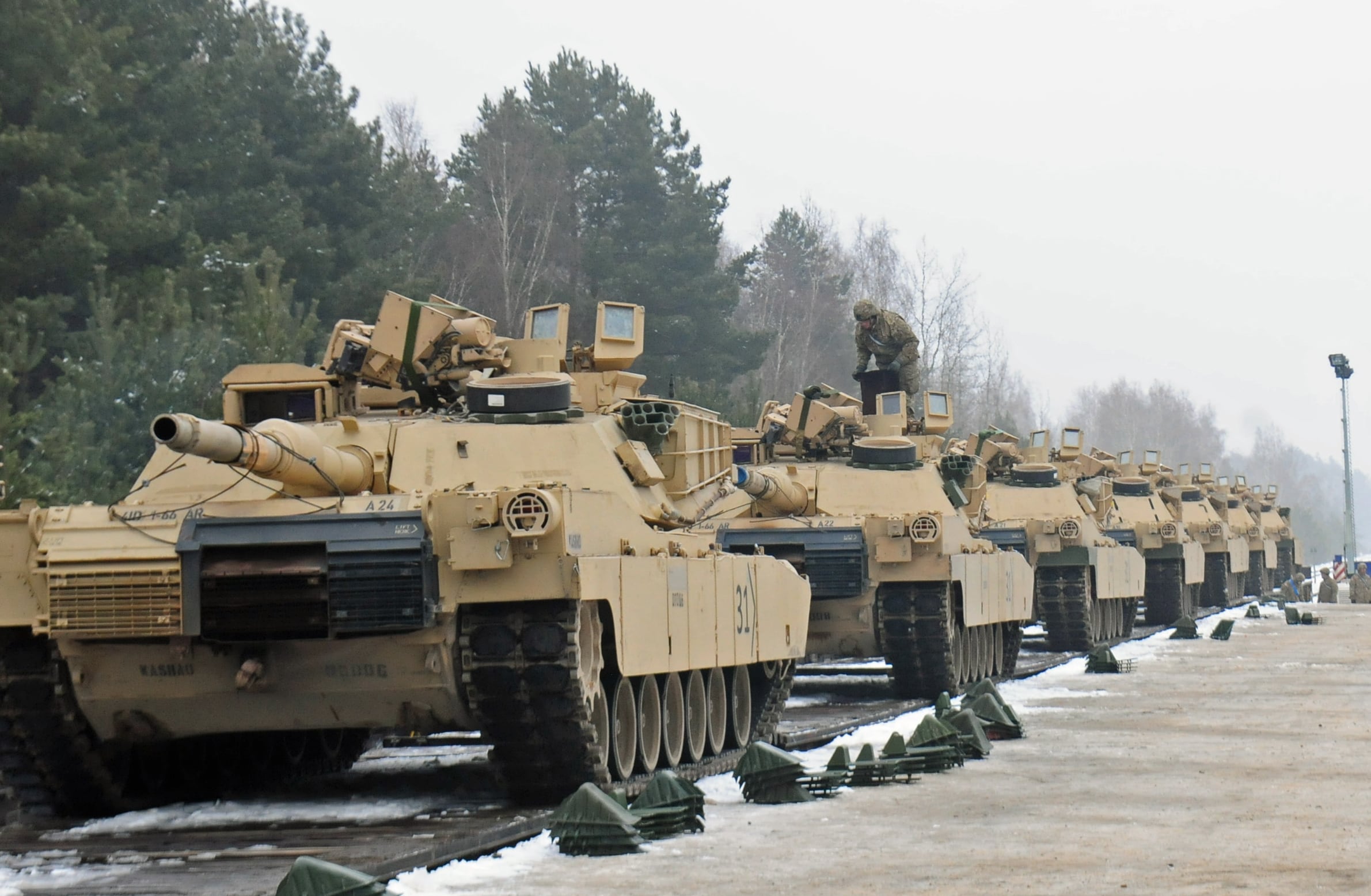
Northern Poland, for instance, is covered with lakes similar to Minnesota, Hodges noted.
“You’ve got a lot of water that has to be crossed and not many bridges can hold an Abrams tanks or a German Leopard tank. You’re talking 70, 80 tons. Especially when you put it on the back of a heavy equipment transport truck, now we’re up over 100 tons.”
What does the Army need to go large scale?
McConville said that part of his job when it comes to strategic readiness is to figure out and highlight for the secretary of defense and the chairman of the Joint Chiefs what large-scale deployments for the Army actually require.
“They realize that we have to move our forces, so we can dynamically move them around the globe according to where their requirements are," he said. "Part of our job is laying out what requirements are.”
Division-strength deployments to Asia with little notice can help lay those requirements out, as well.
In the event of war, the Department of Transportation acts as a coordinating arm for civilian airlift and sealift capacity. But the sealift fleet is old and in need of recapitalization, and the size of the fleet is also too small to support the long logistical train required in a Pacific-based conflict, Joel Szabat, the assistant secretary for international affairs within the Department of Transportation, said in May.
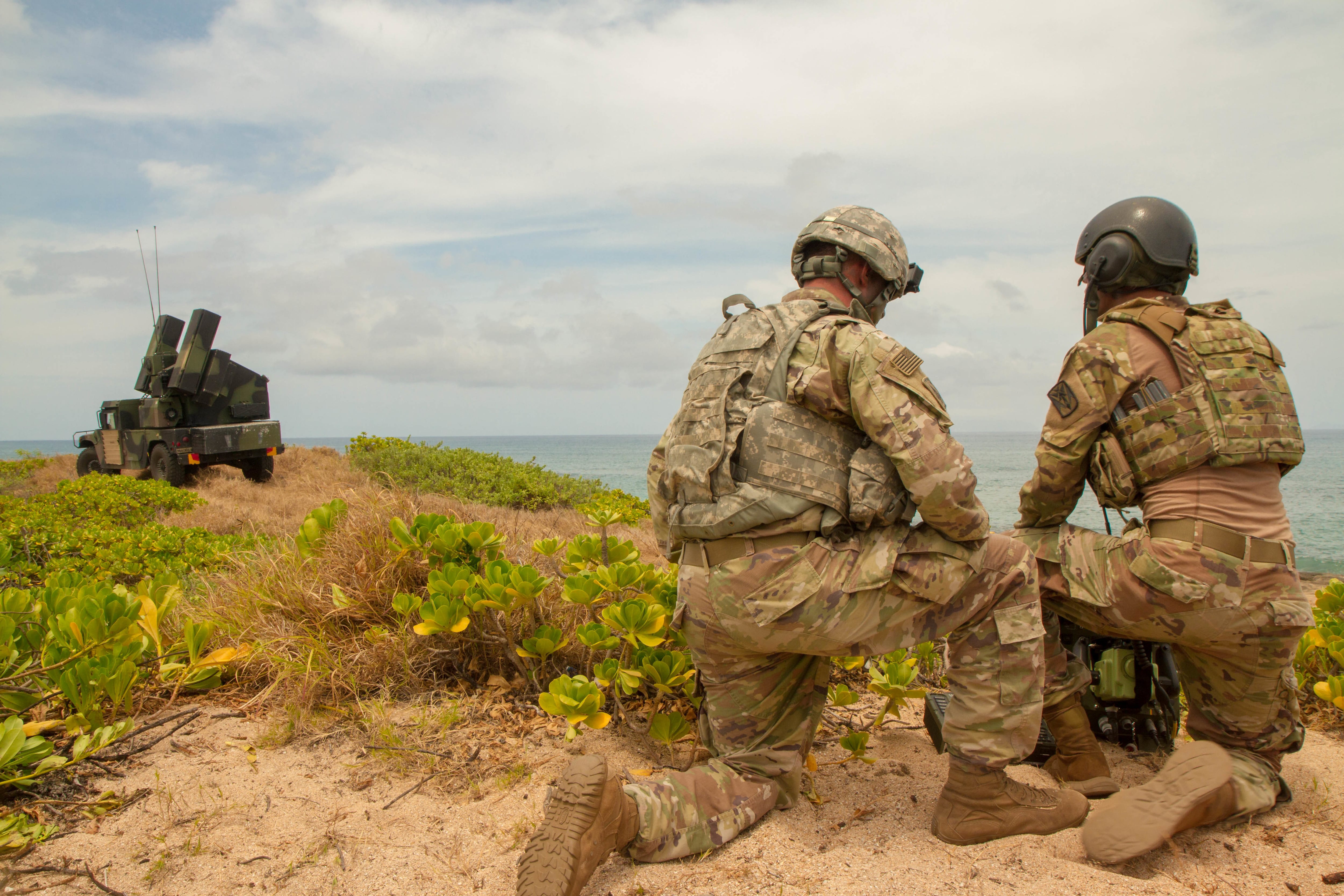
“For small- or moderate-scale warfare exercises, it’s adequate," Szabat said. “For the maximum deployment that our military is built for ... it is not adequate to move and sustain.”
Gen. Robert Brown, the commander of U.S. Army Pacific, said in March that the service would be receive a division headquarters with multiple brigades — involving roughly 5,000 to 10,000 soldiers — in 2020.
“They will get the challenge of coming to the Pacific with the Pacific-assigned forces already there,” Brown told Defense News. “And we won’t go to Korea, we will actually go to a South China Sea scenario where we will be around the South China Sea; and another scenario we can do that is the East China Sea.”
Brown didn’t detail the specifics of the exercise, but the focus on those two hotly contested bodies of water hints at the Army’s intention to practice island seizure scenarios.
The service has also been developing long-range missiles and artillery able to provide fire support against militarized island bases and naval vessels.
Changing nature of war or a return to normalcy?
Large exercises are almost a regression toward the mean for the Army.
Exercise Reforger, for instance, was a Cold War-era strategic deployment of a division or more to West Germany in annual iterations. Reforger, short for Return of Forces to Germany, wasn’t designed as a simple show of force, but instead served as the actual way in which the U.S. military would reinforce NATO allies in the event of conflict.
But over the course of the wars in the Middle East for the past 18 years, the logistical muscles of the Army have atrophied.
Brigade combat teams deploying to Afghanistan do so on a predictable schedule, with much of their equipment and infrastructure already downrange before they arrive. But in a conflict in Europe, for example, armored vehicles need to be loaded onto rail heads, moved to shipyards, unloaded at a foreign port, possibly loaded again onto a rail head and eventually driven by a crew to the front.
Large-scale movements like these will require coordination with Military Airlift Command, Military Sealift Command and the Department of Transportation.
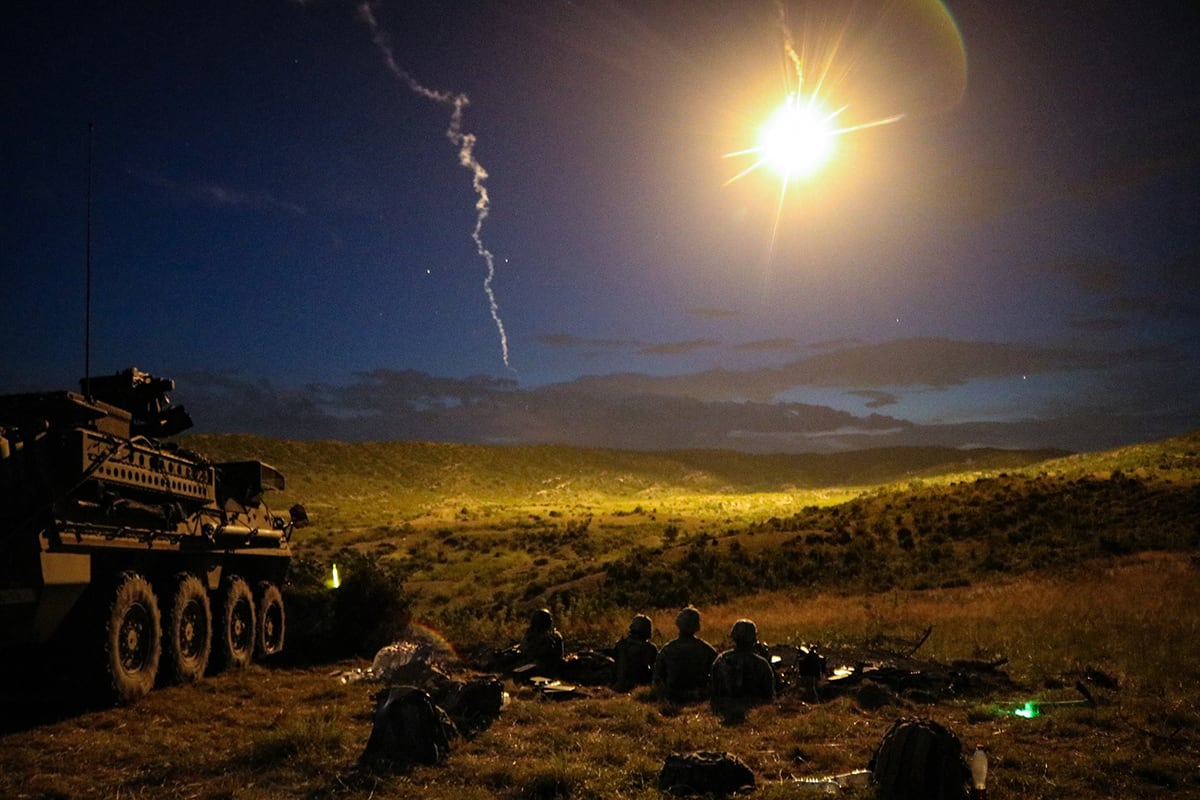
And during a war between great powers, bombing transportation infrastructure used by the military is fair game.
“We have very sophisticated potential adversaries where we believe that we’ll be contested in every single domain,” McConville said. “We were previously pretty much contested on the ground in places like Afghanistan and Iraq. But now we’re concerned about being contested from the air.”
“And, you know, the last time an American soldier was killed by enemy aircraft was April 15, 1953,” he added.
To even a cursory observer of Pentagon priorities over the past few years, the Army’s modernization objectives are clear.
The service is developing longer-range precision fires at the tactical, operational and strategic level, looking to acquire a next-generation combat vehicle, developing future vertical lift platforms for more speed and range, and fleshing out a communications network that will withstand enemy spoofing and jamming attacks.
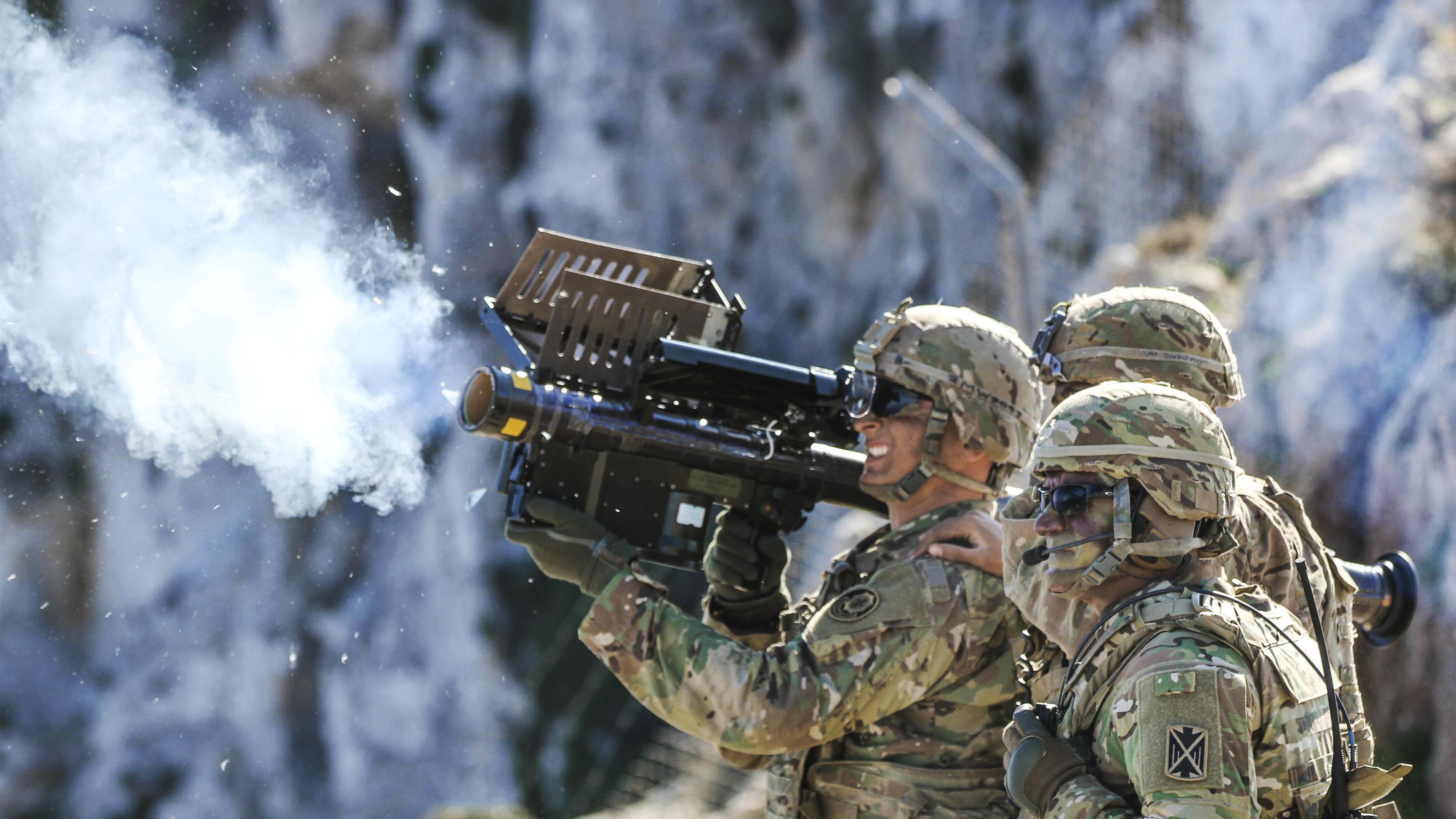
“On air missile defense ... we’re concerned about the proliferation of unmanned aerial systems ... swarms of unmanned aerial systems,” McConville said. “So, we are giving them, you know, the best gear that money can buy and develop.”
Former Army Chief of Staff Gen. Mark Milley, who is now stepping up as the chairman of the Joint Chiefs of Staff, pushed readiness as his number one priority during his tenure, making sure that the service’s tactical units had the right number of personnel, equipment, training and sustainment needed to achieve over-match in a great power conflict.
Many of those priorities are still underway — including the cross-functional teams developing new technology and recruiting efforts to grow the size of the Army to 500,000 by 2028.
“We’re going to continue that," McConville said. “But it’s kind of like we built the foundation. The foundation of readiness is those organizations that are ready, they’re lethal and they can win on the battlefield. Now that they’ve really made significant improvement in readiness, now we want to make sure that we have the capability to strategically deploy them.”
Kyle Rempfer was an editor and reporter who has covered combat operations, criminal cases, foreign military assistance and training accidents. Before entering journalism, Kyle served in U.S. Air Force Special Tactics and deployed in 2014 to Paktika Province, Afghanistan, and Baghdad, Iraq.
